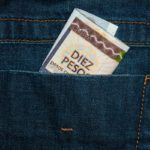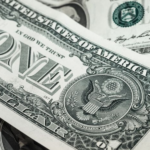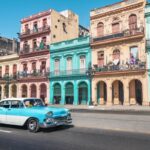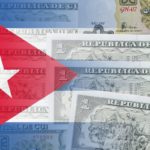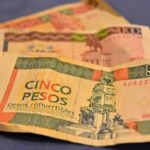Cuban currency can be a tough thing to navigate, up until recently there were actually two currencies in Cuba, this was the Cuban peso and the Cuban convertible peso.
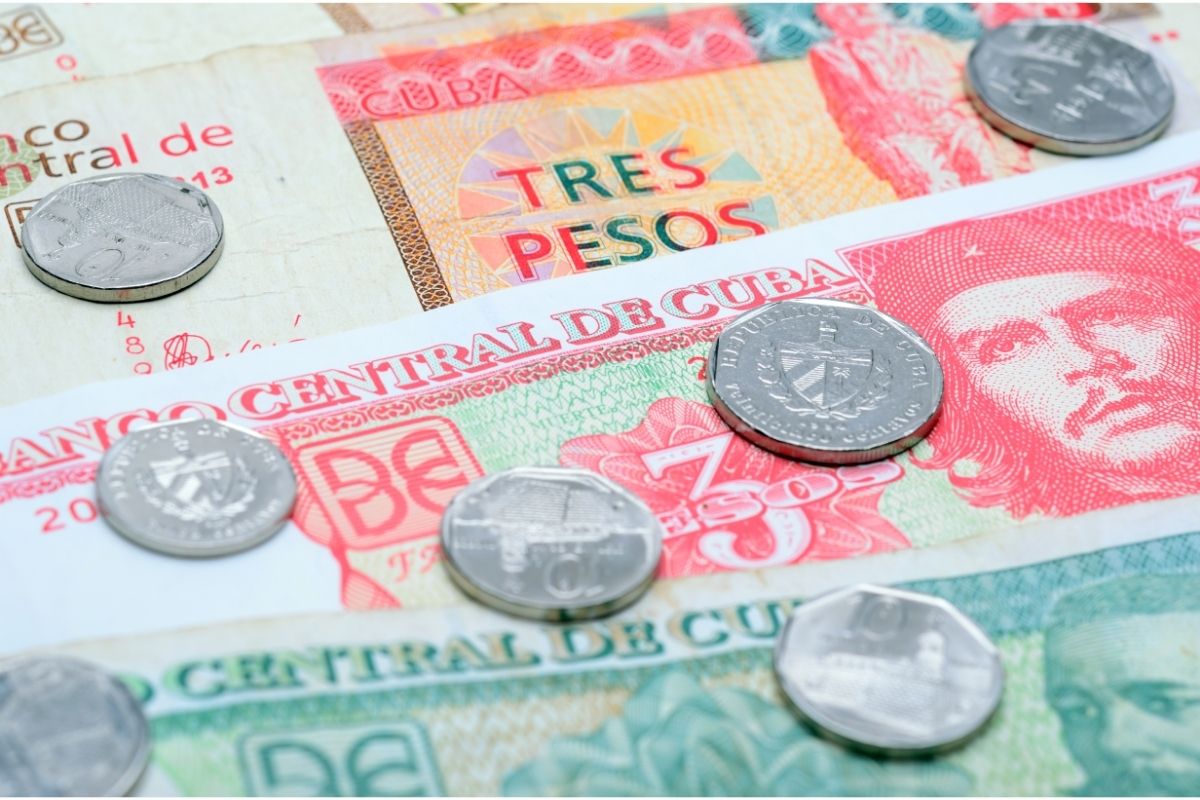
The latter was mainly for tourists as it was a sort of substitute for U.S. dollars. But in January 2021, Cuba adopted the Cuban peso as its sole currency, which simplified life for Cuban people and tourists alike.
Currency in Cuba can be difficult, especially as a US citizen.
America still has some restrictions on Cuba economy wise which makes it a bit harder for Americans to navigate Cuban currency, such as not being able to use an American credit card in a Cuban ATM.
So with this in mind, we’ve made this quick guide to help you understand currency in Cuba, so that you’re not left short on your trip.
A Quick Guide On Cuban Currency
So, like we mentioned briefly before. Cuba used to have two currencies: the Cuban peso and the Cuban convertible peso. But now the Cuban peso has been adopted as the sole currency in Cuba.
Any currency can be brought to the island and exchanged for pesos once you arrive, but you will not be able to buy Cuban pesos prior to your trip if you live in the US.
The CADECA locations will usually accept most types of currency, and some stores in Cuba will accept U.S. dollars or Euros for appliances or groceries.
Cuban Peso
This is the main currency in Cuba, which is valued at $1USD = 24 CUP. This exchange rate is not allowed to fluctuate, and has to remain the same unlike some other currencies that are allowed to fall and rise.
Which means that you won’t have to worry about not getting the best rate, since it is already fixed.
You may see different exchange rates whilst you’re over there and this is due to the increase of informal markets offering conversion for U.S. dollars and Euros.
You can often find much better exchange rates here, sometimes going up to $1USD = 45 CUP, but they will vary from store to store, and they’re not always trustworthy.
If you’re wanting to exchange your money at an informal market, make sure to ask your guide or accommodation provider where the best place to exchange your money is, they’ll know the best place and where you won’t be likely to be scammed.
You also cannot obtain Cuban pesos prior to your visit to the island.
So you’ll have to exchange once you get there and ensure that you exchange using cash since Americans can’t use any Cuban ATMs due to the decades-long embargo that is ongoing with the island.
Cuban Convertible Peso

This is the currency that was previously available in Cuba. The Cuban convertible peso (CUC) was mostly used for foreign transactions and was more widely used by tourists.
Since the currency change is still quite recent, many businesses or accommodations will still have prices listed in CUC, if so you should ignore this and expect to pay in Cuban pesos.
The CUC exchange rate was at $1USD = 1 CUC, meaning that the Cuban convertible peso was essentially a substitute for the American dollar, since it wasn’t widely accepted in Cuba.
But since the elimination of this currency, it’s not active in circulation anymore, so you won’t find that any places accept it nor will sell it.
Beware of scams that claim to sell you Cuban pesos, but actually give you the Cuban convertible peso in exchange.
You’ll be able to tell the difference between the two as the Cuban peso features famous faces on the notes whereas the Cuban convertible peso features monuments and writing.
Exchanging Money In Cuba
We’ve already briefly mentioned that you can’t exchange your cash for Cuban pesos off the island, which can be quite confusing because we’re used to being able to exchange most currencies from anywhere in the world.
Due to this, you should budget your trip accordingly and make sure that you have enough cash to exchange for your whole trip.
This means you’ll have to do a bit of research about the average costs in Cuba and how much you can expect to spend.
If you’ve been researching Cuban currency then you may have stumbled upon a 10% penalty charge for exchanging currency.
This was a charge that was placed on exchanging U.S. dollars, and people would usually bring Euros or Canadian dollars to avoid this charge.
But since 2020 this charge has been dropped, so you no longer have to worry about bringing alternative currency.
As we said before, the exchange rate is fixed and can’t fluctuate, but you may be able to get a better rate informally.
If you are planning to do this, ensure that you do it from a reputable source that has been recommended to you, you can ask the Cuban locals or the host of whenever you’re staying, they should be more than happy to help.
It’s also best to exchange a little bit of money, rather than your whole budget you’ve allowed for the trip.
This is so you can gauge how much you’re spending a day, to exchange the rest accordingly, this will save you having to re-exchange the pesos back into dollars and just save you a bit of hassle.
Banking In Cuba
Remember, if you’re banking with a US bank, you won’t be able to use your credit or debit card at all during your trip to Cuba.
This is because of a US embargo on Cuba, so ensure that you have enough cash for your trip, otherwise this can leave you a bit stuck as there is no other way to exchange currency on the island.
It’s also worth noting that some online banking apps like Paypal are also blocked by the US for users in Cuba.
So if this is something you’re planning to do, ensure that you’ve done your research prior to your trip.
Even if your banking isn’t set up in the US, it’s still recommended that you bring cash with you. Banks will have long lines and if you’re not in a city ATMs can be hard to come by.
The lines in the CADECAs can be quite long too, but as long as you go early, you should miss all the other tourists queuing up to exchange their currency.
It’s best to bring more cash than you need, than to be stuck in Cuba with money to exchange.
Final Thoughts
And there you have it! Hopefully through this quick guide you have a better understanding of Cuban currency.
It can be quite a difficult thing to navigate, with there previously being two currencies that have now been merged into one and with the different restrictions the US has on banking in Cuba.
As long as you bring cash with you on your trip you should be absolutely fine, remember to bring more than you may need as you won’t be able to use an American credit or debit card in any Cuban banks or ATMs and you can always re-exchange your pesos back into American dollars.
- What Is The Largest Island In Cuba? - September 19, 2022
- Havana – Why Is It Cuba’s Most Exciting City? - September 19, 2022
- Cheapest Time To Visit Cuba (Ultimate Guide) - September 19, 2022

